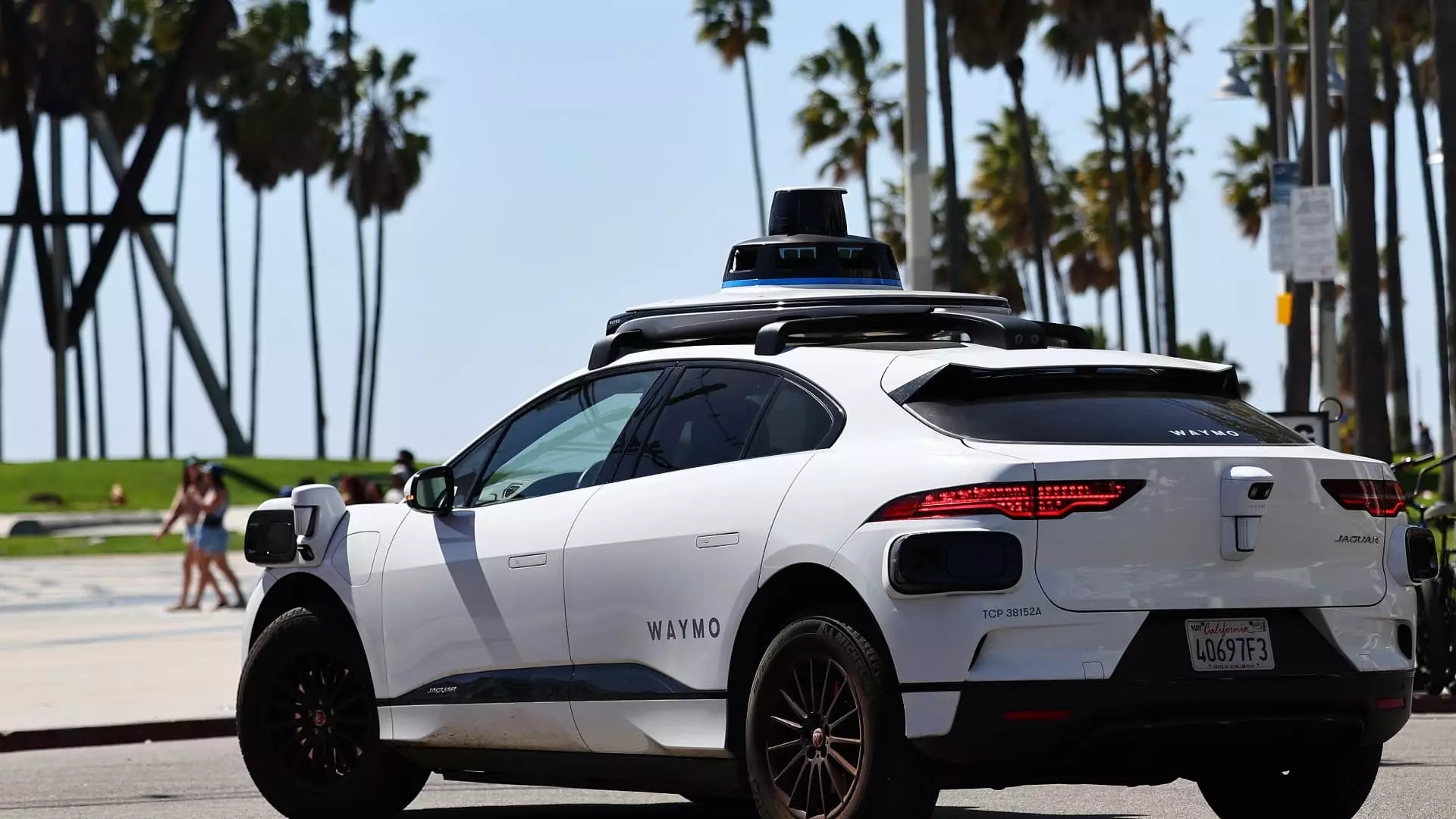Waymo, a front-runner in the autonomous vehicle sector and a subsidiary of Alphabet, recently secured $5.6 billion in a Series C funding round aimed at bolstering its robotaxi initiatives. This capital injection will undeniably propel Waymo’s operations in major cities such as Los Angeles, San Francisco, and Phoenix, with aspirations reaching further into other metropolitan areas. The co-founders, Tekedra Mawakana and Dmitri Dolgov, have articulated a clear intention to utilise this substantial influx of funds to enhance their innovative ride-hailing service, Waymo One, and to refine the renowned Waymo Driver technology for broader commercial deployment.
The backing of prominent investors like Andreessen Horowitz, Fidelity, and Tiger Global highlights the significant confidence the market has in Waymo’s prospective success. Alphabet’s allocation of $5 billion towards Waymo demonstrates a long-term commitment to the development of self-driving technology, positioning it favorably amidst a competitive landscape teeming with eager contenders. With a total capital raised exceeding $11 billion now, Waymo stands as a titan in autonomous driving investments, dwarfing many of its rivals who are still testing their technologies in controlled environments.
Waymo’s expansive strategy aims to enhance its presence through a robust partnership with Uber, enabling the introduction of their robotaxi service to cities like Austin and Atlanta. This collaborative approach is a testament to Waymo’s adaptability and ambition to penetrate new markets. Presently, Waymo averages over 100,000 rides per week across its operational states, showcasing an impressive uptake from riders who appreciate the benefits of autonomous transport—especially those with specific safety concerns regarding human drivers. The shift towards autonomous driving presents an intriguing solution for parents aiming to ensure their teenagers’ safe commutes.
However, the competitive landscape is becoming increasingly complex. Tesla’s ambitious claims of launching its driverless ride-hailing service next year underline both the enthusiasm and the stiff competition in the self-driving arena. Tesla’s existing promise for full automation raises the stakes even higher, yet it also highlights the skepticism that remains among potential users. A recent Pew Research Center survey indicates that a significant proportion of the American populace harbors apprehensions about riding in fully autonomous vehicles.
In parallel, GM’s Cruise, once considered a formidable rival, has faced setbacks following a troubling incident involving a pedestrian in San Francisco. This has temporarily stalled its operations, casting doubt on the reliability of its autonomous systems. The implications of such occurrences necessitate rigorous testing and validation to establish a safety standard that surpasses that of traditional human-operated vehicles—an essential step for advancing public acceptance.
Waymo asserts that its autonomous vehicles demonstrate a lower crash rate compared to human drivers. Despite this assertion, the company has engaged in several software recalls aimed at enhancing the safety of its fleet. Instances of their vehicles blocking roadways or reversing down streets have sparked concern among commuters. While these can be perceived as teething troubles expected in the rollout of any new technology, ensuring the public’s trust will remain a pivotal undertaking. The safe operation of robotaxis is paramount; without a clear demonstration of reliability, widespread adoption could falter.
Waymo’s commitment to technological enhancements continues with the introduction of the Geely Zeekr robotaxi, outfitted with bespoke sensors and an advanced AI “Driver.” The recent partnership with Hyundai allows for the integration of the Ioniq 5 electric vehicle into Waymo’s fleet, further diversifying the service offering. The aim to test self-driving capabilities in diverse weather conditions signifies a strategic move towards operational readiness in regions beyond their current warm climates, contemplating future international expansions.
Waymo is at a crucial juncture, navigating the complexities of an evolving transportation landscape. As the company seeks to solidify its position, addressing public safety concerns and refining its technology will be critical in fostering trust and gaining traction in an ever-competitive market. The future of robotaxis appears promising; as regulatory frameworks adapt and technology advances, Waymo is undoubtedly preparing to lead the charge in redefining urban mobility. All eyes will be on this pioneering firm as it endeavors to transform the way we think about travel.

